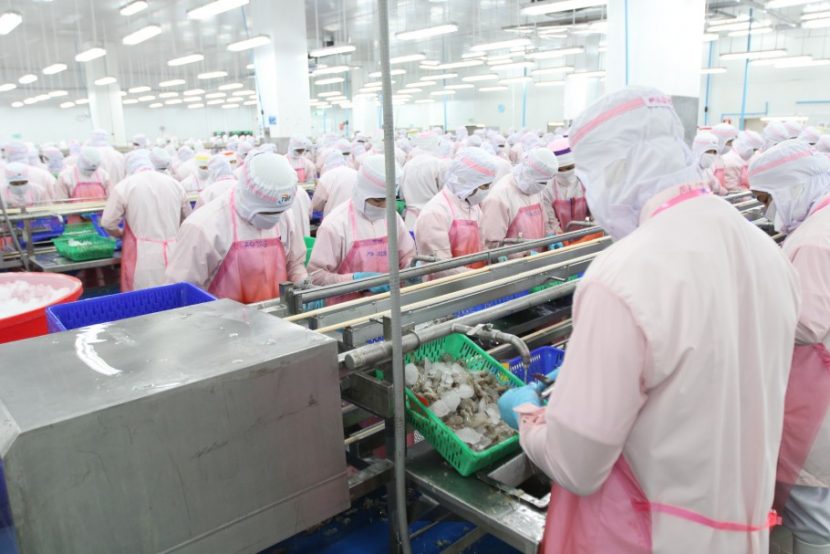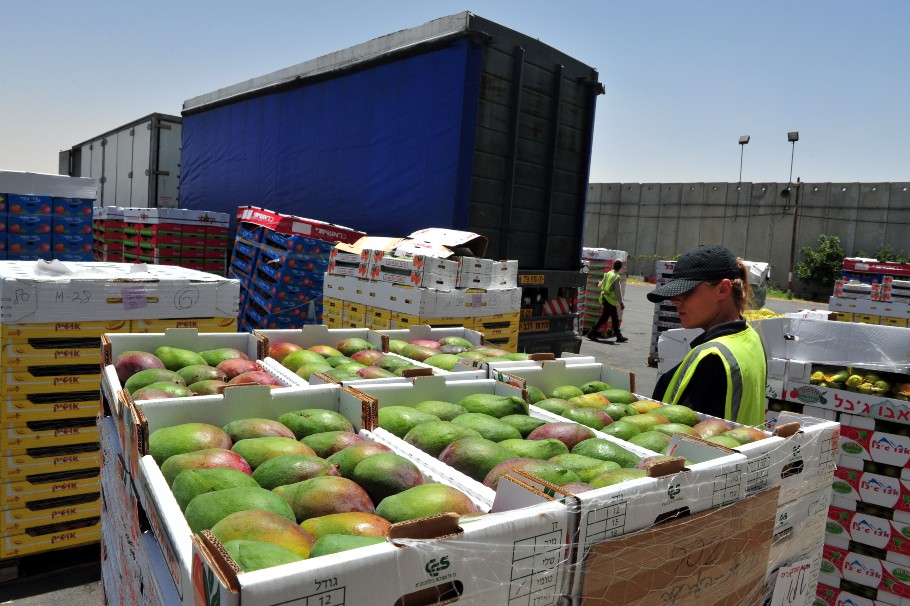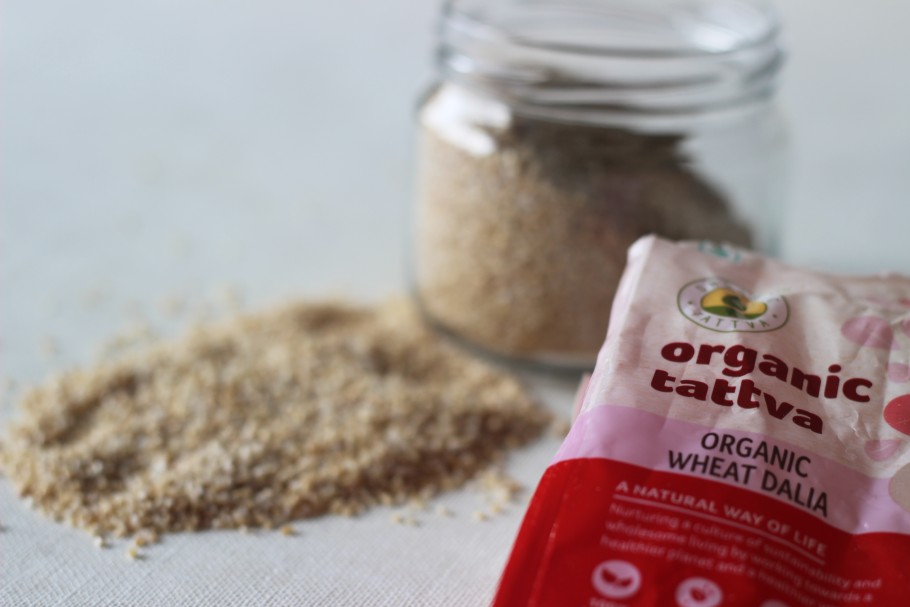Can Coronavirus be Transmitted Via Food? We Found out.
By Jayne Roth
Restaurants, processing facilities and other food-centered businesses have been disproportionately impacted by the Covid-19 pandemic as these are typically places where individuals gather in close proximity. While we have been assured by every non-governmental and governmental institution that COVID-19 is not spread via food, there is burgeoning evidence from a Biorxiv preliminary report that contradicts this statement. Many articles written on the subject indicate that there is no scientific evidence demonstrating transmission of coronavirus from frozen food or food packaging. And yet, other research indicates that transmission of the virus from touching contaminated foods “should alert food safety competent authorities and the food industry of a ‘new normal’ environment where this virus is posing a non-traditional food safety risk,” the authors wrote.
While contemplating the possibility that coronavirus was found on inanimate surfaces, including food surfaces, it is important to consider how the virus is most likely transferred (i.e., respiratory droplets, touching contaminated food surfaces followed by touching of one’s eyes or inside the nose). However, even with limited current epidemiological evidence, some sources imply that the coronavirus could be transferred to humans through contact with contaminated food items. At this time, the science does not fully support that statement. Conversely, it shouldn’t be completely ruled out as a possibility.
It is speculated that importation of coronavirus contaminated food and food packaging is a possible cause for the increase in Covid-19 cases in Vietnam, New Zealand, and parts of China.
I have found no evidence that coronavirus should be considered a foodborne illness as defined by the US Food and Drug Administration. The hazard remains that coronavirus isolated on surfaces (including food) may be a route of transmission. The New England Journal of Medicine found that the virus remained on plastic and stainless steel for up to 72 hours. On cardboard, they found no infectious particles of the virus after 24 hours. However, coronavirus has been shown to survive freezing temperatures on food products.
Foodborne illnesses such as norovirus and hepatitis A have a protective protein coat that allows them to survive on food, food packaging and in the environment for extended periods of time. However, Covid-19 does not have a protective protein coat which makes it unstable outside of the human host. Even though it may be unstable, the virus can still survive. But, does it survive with an infectious dose high enough to cause illness? That remains to be seen.
The Chinese government has been conducting tests on food packaging, food storage containers and food itself. They have suspended imports of food items from several countries: salmon from Europe; shrimp from three plants in Ecuador (SARS-CoV-2 was detected on shipments) ; frozen chicken wings from Brazil (which tested positive for Coronavirus). China has also rejected food from processing plants in the United States with large outbreaks of COVID-19 in the work personnel.
Shenzhen, a city in China, recently tested chicken wings from a meat plant in Brazil (the third largest processor of chicken and pork in the country) that tested positive for coronavirus. While there has not been an epidemiological connection of human illness from touching contaminated foods, it is compelling that there has been a re-emergence of outbreaks in regions that were thought to have eradicated the disease.
These outbreaks have spiked in Vietnam, New Zealand, and certain areas of China. These locations have not had any cases for several months. It is speculated that importation of coronavirus contaminated food and food packaging is a possible cause for the increase in Covid-19 cases in Vietnam, New Zealand, and parts of China.
Authors of Seeding of outbreaks of Covid-19 by contaminated fresh and frozen food wrote that, “It is possible that contaminated imported food can transfer virus to workers as well as the environment. An infected food handler has the potential to become an index case of a new outbreak. The international food market is massive and even a very unlikely event could be expected to occur from time to time”.
Even with possible evidence of coronavirus on food packaging or food items, the FDA does not anticipate that food products should be recalled or withdrawn. It is interesting to note that China obtained 227,934 samples from imported foods and packages and reported only one positive result. It still remains that even though many government organizations indicate that no Covid-19 cases from contaminated food packaging or food surfaces have been identified – the potential for such an incident to occur, given the right conditions, should not be dismissed.
About the Author:
Jayne Roth is an independent Food Safety and public health consultant with a master’s degree in public health. She has worked with large companies, such as Amazon and Walmart, she has created assessments for facilities and she has marketed various company’s private Food Handlers Courses to public health jurisdictions for approval. Her special interests include infectious disease control and food safety rule interpretations. She is well-versed in food safety regulatory compliance and regulatory structure of public health jurisdictions.

-
 FeaturedRisk management
The Cost of a Breach: What a Cyberattack Could Mean for Food Safety Recalls
FeaturedRisk management
The Cost of a Breach: What a Cyberattack Could Mean for Food Safety Recalls
-
 FeaturedRisk management
Securing the Food Chain: How ISO/IEC 27001 Strengthens Cybersecurity
FeaturedRisk management
Securing the Food Chain: How ISO/IEC 27001 Strengthens Cybersecurity
-
 FeaturedRisk management
Revolutionizing Food Safety Training: Breaking Out of the “Check-the-Box” Mentality
FeaturedRisk management
Revolutionizing Food Safety Training: Breaking Out of the “Check-the-Box” Mentality
-
 GFSI Standards
GFSI 2025: Building Trust, Tech-Forward Solutions, and Global Unity in Food Safety
GFSI Standards
GFSI 2025: Building Trust, Tech-Forward Solutions, and Global Unity in Food Safety
-
 FeaturedFood Safety
Integrated Pest Management: Strategies to Protect Your Brand’s Reputation
FeaturedFood Safety
Integrated Pest Management: Strategies to Protect Your Brand’s Reputation
-
 FeaturedFood Safety Culture & Training
No Open Door Policy: Challenges That Impact Pest Control in Food Processing Plants
FeaturedFood Safety Culture & Training
No Open Door Policy: Challenges That Impact Pest Control in Food Processing Plants




